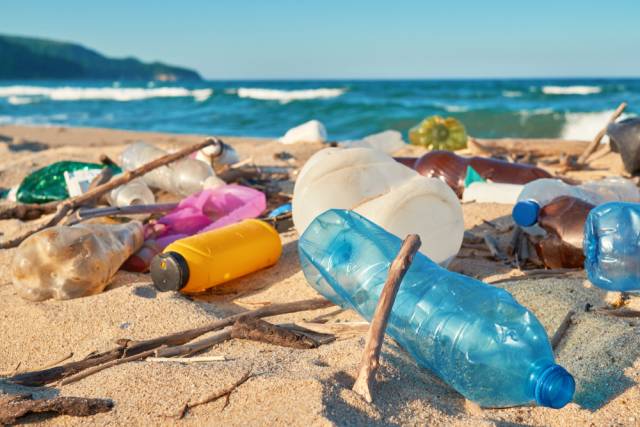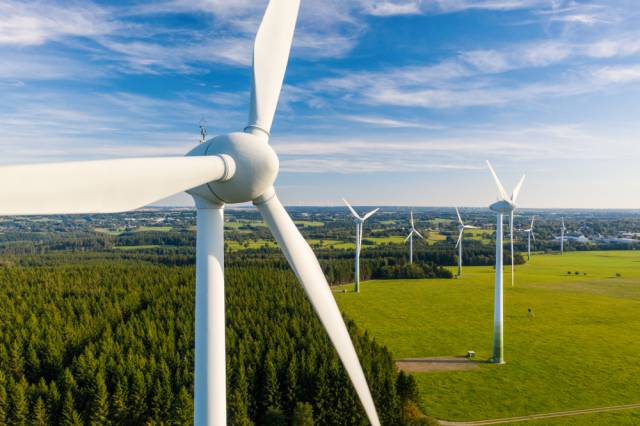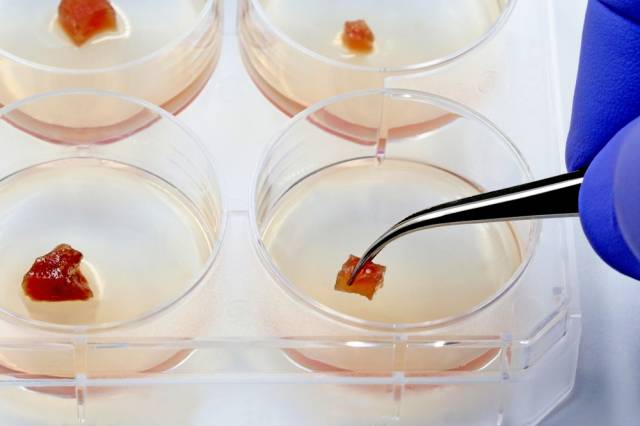Science continues to try to figure out the best ways to combat plastic pollution on the planet. Recently, researchers have discovered fungi that can recycle plastic in large natural accumulations of garbage.
For example, a number of fungi species feed on polymers, effectively destroying plastic utensils and other items.
The UK’s Royal Botanic Gardens described how they studied plastic waste accumulated in the coastal salt marshes of Dafeng (China), near the shores of the Yellow Sea. This natural area is protected by UNESCO.
The experts identified 55 species of bacteria and 184 species of fungi capable of breaking down a special type of plastic called polycaprolactone (PCL). Among them were the bacteria Jonesia and Streptomyces, which proved capable of breaking down several types of polymers derived from petroleum.





